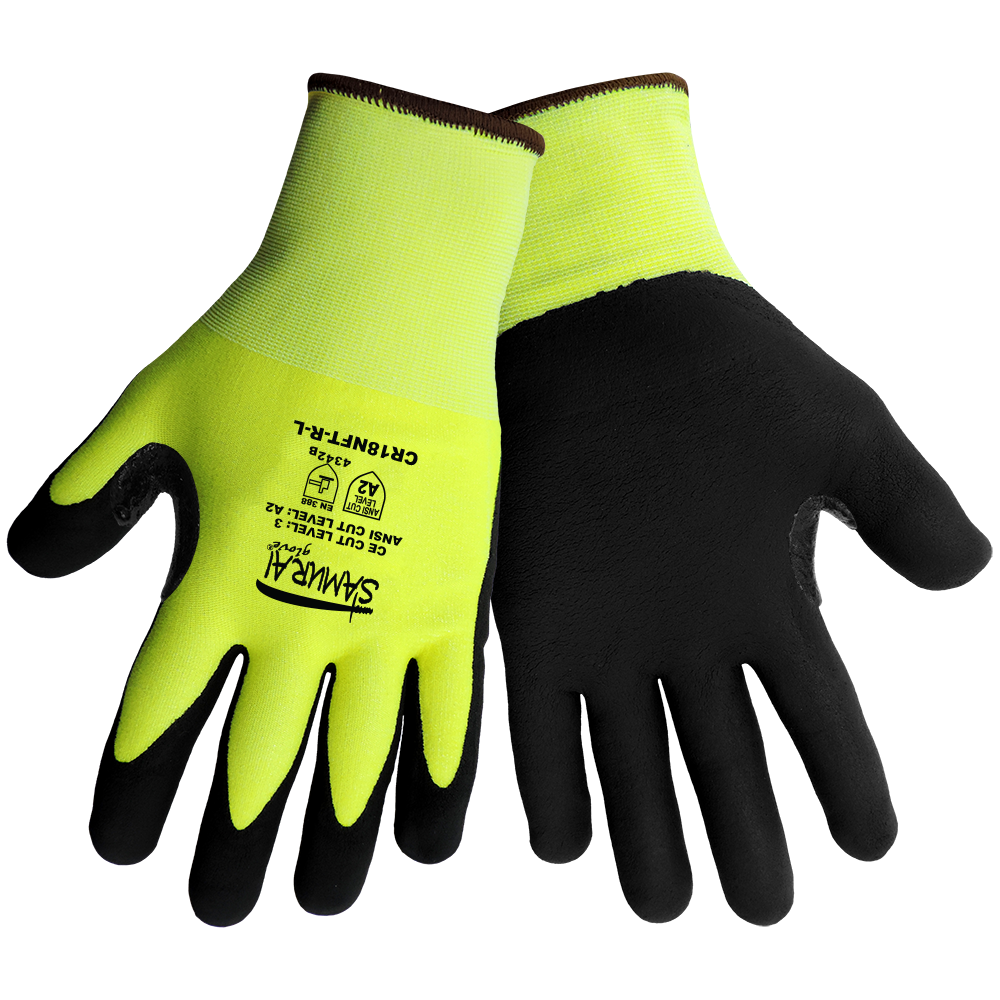While puncture resistant gloves may not be as frequently addressed as cut resistant gloves, they are still a very important type of safety glove.
Cut resistant gloves are meant to protect against a tool breaking through the outer layer of a work glove, while puncture resistant gloves are meant to protect against a tool or object piercing through the glove.
If you are working in an environment where you’re regularly using tools or equipment that have sharp or pointed pieces, this causes an immense puncture hazard. It is so important to protect against puncture wounds because puncture wounds can be very damaging and can progress into larger lacerations.
A lot of puncture resistant work gloves are manufactured with a material called Kevlar, or something similar. These types of material have very high levels of cut resistance, which leads many people to believe these types of gloves are able to withstand any hazard, including punctures as well. This simply is not the case, and if you are using gloves made of Kevlar or another similar material, you should supplement this with an additional layer on top of the glove that is more puncture resistant.
Additionally, it is important to keep in mind that just because the palm of a glove is puncture resistant, the back of the glove is likely not. This is due to the fact that materials that are puncture resistant tend to be quite thick, and therefore are less dexterous and uncomfortable.




